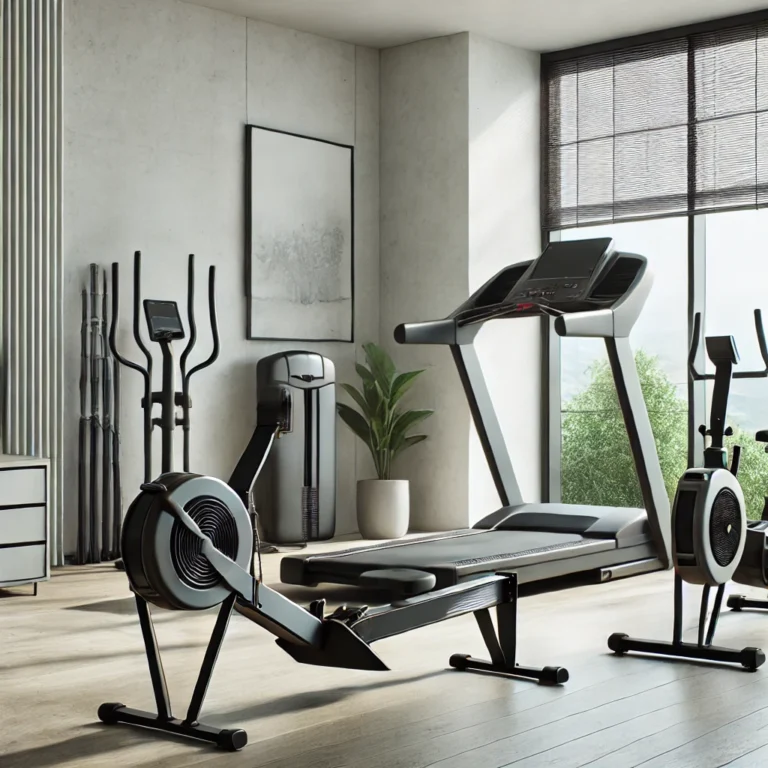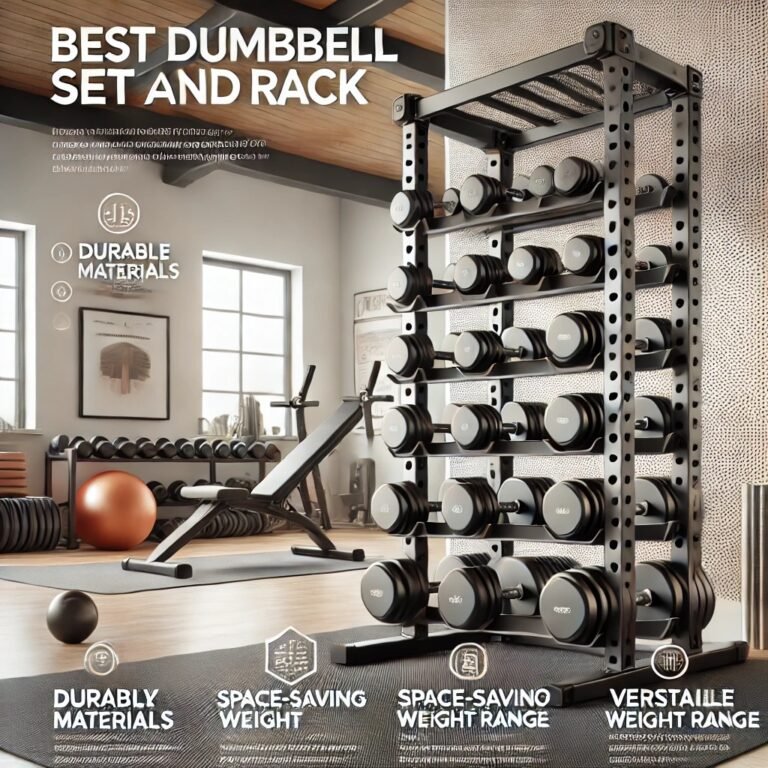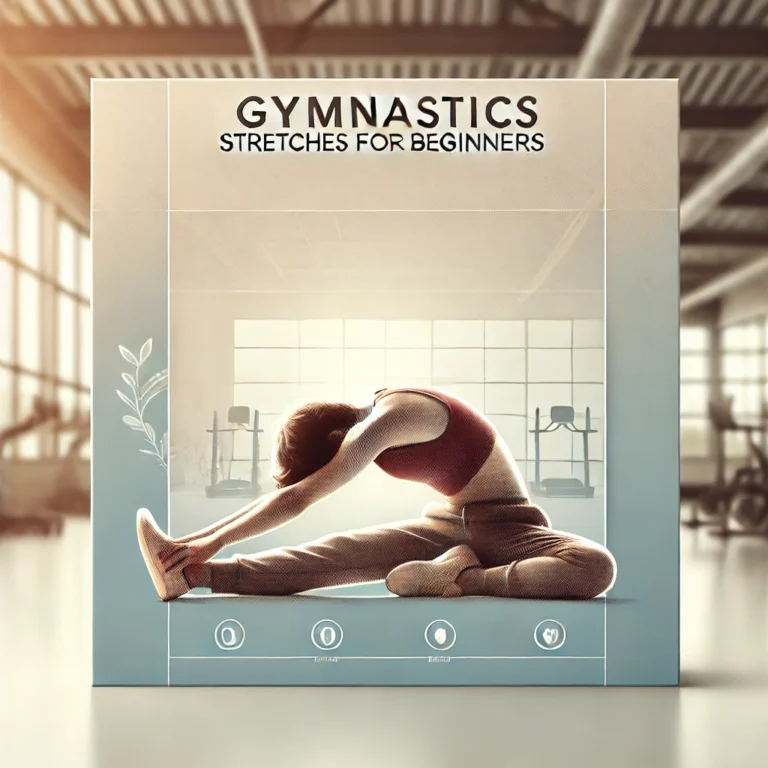Gymnastics stretching is crucial for anyone looking to improve their skills and performance in gymnastics. Stretching not only prepares the muscles and joints for the intense movements required but also helps prevent injuries, allowing gymnasts to train safely and effectively. Regular gymnastics stretching enhances flexibility, which is essential for mastering complex moves like splits, backbends, and flips. Consistent stretching routines build muscle control and strength, providing a solid foundation for improved technique, balance, and body alignment. Whether you’re a beginner or advanced gymnast, a dedicated stretching routine is key to achieving new levels of agility and grace in gymnastics.
To find the perfect stretches for gymnastics that suit you, check out our guide to essential stretches for gymnasts here
Why You Need to Do Gymnastic Stretching
Gymnastic stretching is essential for anyone who wants to progress safely and effectively in the sport. Stretching offers numerous benefits that support both short-term performance and long-term athletic health. One of the main advantages of stretching is injury prevention. By regularly stretching, gymnasts improve the flexibility and elasticity of their muscles and tendons, making them less prone to strains, tears, and other injuries that can occur during intense movements.

Additionally, stretching enhances performance by preparing the muscles and joints for the dynamic actions required in gymnastics, such as jumps, flips, and splits. Flexible muscles are able to move through a greater range of motion with ease, which can make advanced moves more achievable and reduce the risk of muscle fatigue.
Finally, consistent gymnastics stretching is crucial for increasing flexibility. Flexibility is a cornerstone of gymnastics, allowing athletes to execute moves with precision and fluidity. Stretching regularly trains the muscles to adapt to the demands of complex gymnastic techniques, creating a foundation of mobility and control essential for excelling in the sport.
Gymnastics Stretches for Beginners
For new gymnasts, building flexibility and strength gradually is key to safely progressing in the sport. Here are some beginner-friendly gymnastics stretching that lay the foundation for flexibility, control, and confidence:
Check out our top 10 best gymnastic stretches for beginners here
1.Forward Fold

Sit on the floor with legs extended in front of you. Slowly reach forward, aiming to touch your toes. This stretch helps lengthen the hamstrings and lower back, improving flexibility for splits and other leg movements.
2.Cat-Cow Stretch


Start on all fours and alternate between arching your back (cat) and lifting your head and tailbone (cow). This dynamic stretch increases mobility in the spine and warms up the back muscles, which are essential for safe tumbling and backbends.
3.Lunge Stretch

Step one foot forward into a lunge position, keeping the back leg extended and pressing into your hips. This stretch targets the hip flexors and thighs, preparing the legs for splits and kicks.
Advanced Stretches for Gymnastics
For gymnasts aiming to take their flexibility to the next level, advanced stretches are essential for achieving greater range of motion and control. Here are some effective gymnastics stretching specifically beneficial for gymnastics, along with tips on form, safety, and timing.
1.Front and Side Splits

How to Do It: Start in a lunge position, then gradually slide your front leg forward and back leg backward until both legs are fully extended. Keep hips square to the front for a front split or open the hips slightly for a side split.
Safety Tip: Go slow, especially if you’re new to splits, to avoid overstretching. Engage core muscles to stabilize and protect your lower back.
Timing: Hold for 30-60 seconds on each side, breathing deeply to help release tension.
2.Bridge Pose
How to Do It: Lie on your back with knees bent and feet hip-width apart. Place hands beside your ears, elbows pointing upward. Press into your hands and feet to lift your body off the ground, creating an arch in your back.
Safety Tip: Avoid putting too much weight on your neck by evenly distributing your weight across your hands and feet. Start with smaller lifts if you’re not yet comfortable with a full bridge.
Timing: Hold for 10-20 seconds, gradually increasing as your back flexibility improves. Lower carefully to exit the pose.

3.Shoulder Flexibility Stretch (Overhead Stretch)
How to Do It: Stand or sit with a resistance band or towel held behind your back. Extend your arms overhead, pulling the band or towel to deepen the stretch in the shoulders.
Safety Tip: Avoid forcing the stretch; shoulder joints are delicate. Maintain a slight bend in the elbows and keep movements controlled.
Timing: Hold for 20-30 seconds, repeating as needed to maintain flexibility.
Static vs. Dynamic Stretching
In gymnastics, both static and dynamic stretching play important roles in preparing the body and enhancing flexibility, but they are used differently depending on the timing and purpose of the workout.
Figuring out which type of gymnastics stretching is better for you can be difficult, check out our more in depth guide on static vs dynamic stretching here
Static Stretching

Definition
Static stretching involves holding a stretch in a fixed position for a period of time, usually between 15 to 60 seconds. During a static stretch, you focus on gradually extending the muscle to its farthest point and holding it there without movement.
Role in Gymnastics
Static stretching is commonly used after gymnastics training or routines to improve flexibility and reduce muscle tension. It helps elongate muscles after intense activity, making it ideal for post-workout recovery. By holding a stretch, gymnasts can increase their range of motion over time, which is crucial for advanced skills like splits, high jumps, and backbends.
When to Use
Gymnasts should focus on static stretching in their cool-down sessions, as it helps the muscles relax and recover from intense exercises.
Dynamic Stretching

Definition
Dynamic stretching involves controlled, gentle movements that gradually take the muscles and joints through their full range of motion. Examples include leg swings, arm circles, and gentle lunges.
Role in Gymnastics
Dynamic stretching is most effective before a workout or routine. It warms up the body, increases blood flow, and activates the muscles, preparing them for the explosive movements required in gymnastics. Dynamic stretches mimic the motions gymnasts perform, making them highly effective for improving coordination and flexibility without overextending muscles before a workout.
When to Use
Use dynamic stretching as part of a warm-up routine before gymnastics practice or competition to prepare the body for high-intensity moves.
Both static and dynamic stretching are essential for gymnasts. Dynamic stretching helps activate and prepare the body for performance, while static stretching helps improve flexibility and aids recovery. Together, they create a balanced approach to flexibility training that enhances both performance and muscle health in gymnastics.
Why is Flexibility Important in Gymnastics?
Flexibility is a cornerstone of gymnastics, enabling athletes to perform complex movements with grace, precision, and control. Flexible muscles and joints allow gymnasts to achieve the full range of motion needed for skills like splits, high kicks, and backbends, which are essential to many gymnastics routines.
Check out why is flexibility important in gymnastics in more detail here
Enhanced Performance
Flexibility directly impacts a gymnast’s ability to execute moves accurately and fluidly. For example, skills that require deep stretching, such as splits and leaps, become easier and smoother when a gymnast has developed flexibility. This ease of movement not only improves performance but also creates a visually appealing flow that judges and audiences appreciate.
Injury Prevention
Flexible muscles and tendons are less likely to strain or tear when stretched or placed under pressure. This is especially important in gymnastics, where intense, high-impact moves are common. Greater flexibility helps protect joints and muscles by allowing them to absorb shock more effectively, reducing the risk of injury.

Executing Complex Moves
Flexibility is essential for performing advanced moves like back handsprings, aerials, and bridges. These skills require extreme ranges of motion in the hips, shoulders, and spine. Flexibility in these areas enables gymnasts to extend their bodies fully and maintain control, making challenging skills both achievable and safer.
Overall, flexibility is a key factor in a gymnast’s success. It empowers athletes to expand their skill set, perform with confidence, and reach higher levels in their training and routines, laying the groundwork for a strong and successful gymnastics journey.
Warm-Up Routine Before Gymnastics Stretching
Warming up before gymnastics stretching is essential for preparing the muscles and joints, reducing the risk of injury, and ensuring a more effective stretch. A good warm-up raises the body’s temperature, increases blood flow to muscles, and loosens up the joints, which helps improve flexibility and range of motion.
Suggested Warm-Up Routine:
- Light Cardio (3-5 minutes)
- Begin with a few minutes of light cardio to elevate your heart rate and warm the muscles. Jogging in place, jumping jacks, or skipping rope are great options that get the whole body moving.
- Dynamic Movements (5 minutes)
- Engage in dynamic stretching to activate the major muscle groups. Try arm circles, leg swings, and torso twists. These movements prepare the muscles and joints without overstretching, helping the body transition smoothly into gymnastics stretching.
- Joint Rotations (2-3 minutes)
- Focus on rotating the main joints, such as wrists, ankles, shoulders, and hips. Small circular motions will help lubricate the joints, especially those heavily used in gymnastics, like the wrists and shoulders.
- Bodyweight Movements (2-3 minutes)
- Perform exercises like squats, lunges, or gentle push-ups to engage the muscles and prepare them for controlled stretching. These movements activate the legs, core, and arms, ensuring they’re ready for deeper stretching.
Why Warming Up Is Important:
Warming up before stretching increases flexibility, making it easier and safer to reach greater ranges of motion. Warm muscles are more pliable, which reduces the risk of overstretching or straining them. Additionally, a good warm-up enhances circulation, which delivers more oxygen to the muscles, reducing soreness and helping gymnasts achieve more effective and sustainable flexibility over time. By starting with a warm-up, gymnasts set the stage for a safer, more productive stretching session that supports their performance and long-term flexibility goals.
Common Mistakes to Avoid in Gymnastics Stretching
When it comes to gymnastics stretching, technique is just as important as consistency. Avoiding common stretching mistakes can help you achieve better flexibility and reduce the risk of injury. Here are some typical errors and tips on how to avoid them for safe and effective stretching.
1.Overstretching
| Mistake Pushing too far too quickly, especially when muscles are not fully warmed up, can lead to strains or tears. | Tip Always listen to your body and avoid forcing stretches. Stretch to a point of mild discomfort, not pain. Gradually increase the intensity over time as flexibility improves. |
2.Neglecting Proper Form
| Mistake Rushing through stretches without proper form can reduce their effectiveness and put unnecessary strain on joints. | Tip Focus on form and alignment in each stretch. For example, keep your back straight in hamstring stretches and your hips squared in splits. Practicing correct form ensures you’re targeting the right muscles safely. |
3.Skipping Warm-Ups
| Mistake Jumping straight into deep stretches without warming up can lead to muscle strains and limit your flexibility gains. | Tip Always perform a warm-up routine (light cardio and dynamic movements) before stretching to prepare the muscles and joints for a safe, deeper stretch. |
4.Holding Your Breath
| Mistake Many people tend to hold their breath when stretching, which can cause tension and reduce the effectiveness of the stretch. | Tip Practice deep, steady breathing during each stretch. Breathing helps release muscle tension and allows you to stretch deeper and more comfortably. |
5.Inconsistent Stretching Routine
| Mistake Stretching sporadically rather than consistently limits progress and flexibility. | Tip Commit to a regular stretching routine, aiming for at least 3-4 times per week. Consistency is key to gradually increasing flexibility and building muscle memory for more advanced gymnastics skills. |
6.Neglecting Both Sides of the Body
| Mistake Focusing on one side or a specific muscle group, such as practicing splits on only one side, can create muscle imbalances. | Tip Always stretch both sides of your body equally to promote balanced flexibility and avoid overuse injuries. |
Tips for Improving Flexibility in Gymnastics
Improving flexibility in gymnastics is a gradual process that requires consistency, proper technique, and sometimes, a few helpful tools. Here are some practical tips to help you make steady progress in your flexibility training.
- Be Consistent with Your Stretching Routine
- Flexibility gains happen over time, so consistency is key. Aim to stretch at least 3-5 times a week, gradually increasing your stretch depth as your body adapts. Regular stretching will build muscle memory and keep your joints and muscles primed for flexibility.
- Focus on Proper Technique
- Correct form is essential to maximize the effectiveness of each stretch and prevent injury. When stretching, avoid rounding your back or twisting your hips. Instead, engage your core, keep your body aligned, and focus on smooth, controlled movements. Proper technique ensures you’re targeting the right muscle groups.
- Use Tools and Aids for Support
- Tools like resistance bands, yoga blocks, and foam rollers can be extremely helpful in stretching. Resistance bands, for example, can be used to deepen leg stretches or improve shoulder flexibility safely. Yoga blocks can support balance in difficult stretches, while foam rollers help release muscle tension, making it easier to increase flexibility.
- Incorporate Dynamic Stretches into Your Routine
- Dynamic stretches, such as leg swings and arm circles, are effective warm-up movements that help improve range of motion and flexibility. Dynamic stretching prepares your muscles for deeper static stretching and is especially useful before gymnastics practice or routines.
- Practice Deep Breathing Techniques
- Deep, steady breathing during each stretch helps relax the muscles, making it easier to increase flexibility gradually. Breathing also reduces tension, allowing you to sink deeper into each stretch without discomfort.
- Set Realistic Goals and Track Your Progress
- Flexibility is achieved gradually, so set small, realistic goals, such as reaching a slightly deeper split each week. Tracking your progress helps keep you motivated and allows you to see how far you’ve come, encouraging you to stick with your routine.
- Balance Flexibility Training with Strength Training
- Flexible muscles need strength for support, especially in gymnastics. Incorporate strength exercises, such as planks and lunges, to build muscle stability around your joints. Strong, flexible muscles allow for safer and more controlled movements, which is critical in gymnastics.
By following these tips and gradually increasing your flexibility, you’ll build the foundation needed for improved gymnastics performance and skill. With time, patience, and the right approach, you’ll see significant improvements in your flexibility and overall movement quality.
Conclusion
Gymnastics stretching offers a wide range of benefits, from improving flexibility and strength to enhancing performance and preventing injuries. By regularly incorporating stretching into your routine, you create a solid foundation for mastering complex movements with greater ease, control, and confidence. Consistent gymnastics stretching not only supports muscle and joint health but also boosts your ability to progress safely in the sport over time.
Remember, flexibility is built gradually. With commitment and patience, each stretch brings you closer to achieving your goals. Embrace these stretches as a regular part of your practice, and enjoy the long-term flexibility and performance gains they bring to your gymnastics journey.






4 Comments
Comments are closed.